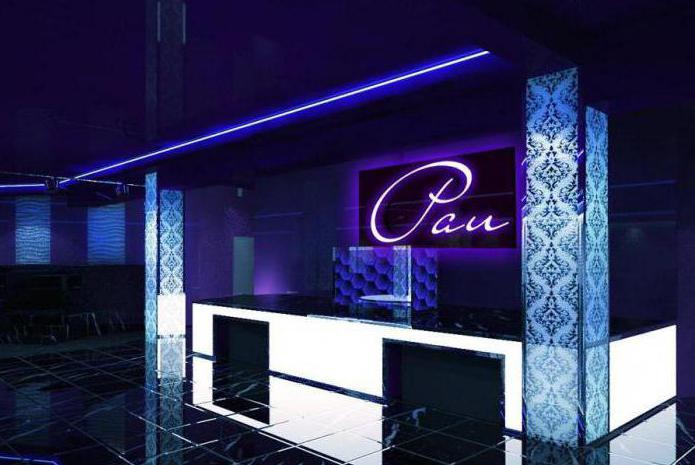Among the many attractions of Sevastopol, one stands out. Panorama of Sevastopol captures the defense of the Russian naval base during the Crimean War of the nineteenth century.
Historical facts

Accession of the Crimea to Russia in 1783 becamea great achievement of the foreign policy of the Russian Empire. During this period, the so-called Eastern question arose on the international arena. This problem was associated with the weakening of the Ottoman Empire, the national liberation struggle of the Balkan peoples and the interest of all European countries in the territory of weakening Turkey. It was the latter fact that determined the discontent of the developed countries of Europe with the strengthening of Russia's positions in the Northern Black Sea Region. Since then, Russia's influence has only grown and by 1854 reached its peak. There was another Russian-Turkish war. The victory of Admiral Nakhimov in the Sinop Bay smashed all the hopes of the Turkish command for success in the hostilities, the Russian victory was approaching. But here in the war came England, France and Piedmont. In September 1854, they landed troops on the Crimean peninsula. In the future, major events are developing around Sevastopol. Almost a year the superior forces of a well-armed allied army could not take a glorious city. It is these events that are devoted to the panorama of Sevastopol.
In memory of the defense of Sevastopol

September 8-9, 1855 Sevastopol was abandonedRussian troops and is occupied by the enemy. But, despite this, the heroism and courage of city defenders played a role in the further conclusion of peace. In Paris, when it was signed, the Russian representative Gorchakov said: "Behind my back was the shadow of Admiral Nakhimov, which prevented the Allies from demanding large territorial annexations from Russia." About this so-called first defense (considering the events of the Great Patriotic War) in the Crimea testify to many memorable places. It is a monument dedicated to the flooded ships, numerous monuments to the soldiers who died on the first and second bastions, on the Malakhov Hill, and, of course, the panorama of the defense of Sevastopol in 1854-1855.
History of creation

Panorama is a kind of fine art,which represents the viewer in a broad format with large objects in the foreground, thus forming an illusion of real space. By the fiftieth anniversary of the defense of the Russian port, the painter battle Franz Rubo in 1901 received an order for a great job, which was to perpetuate the feat of the military and civilian population of the city in the terrible days of the siege. It was a panorama of the "Defense of Sevastopol," which had to be completed before 1904, as it took time to establish a picture and mount the object environment. Arriving in the city, the painter spent a lot of time and effort on studying the terrain and local history material. Thanks to sketches made in the Crimea, he managed to prepare and present a sketch of the picture in St. Petersburg. Having received the good to carry out the plan, Roubaud goes to Germany, where he has been preparing a canvas for several years in cooperation with other artists.
Museum building

Panorama of Sevastopol required a lot of space, andspecially prepared. Architects F. Enberg and V. Feldman won the competition for building projects for the future exhibition. It is in itself a monument of art, because it is the only panoramic building in the entire post-Soviet space. Round, with a height of 38 meters, the building is put on the ground floor, so it looks elongated, does not leave a feeling of bulkiness. It took 2 years to build it. These are fast enough for Russia. In the vertical ledges of the wall were thirteen busts of the heroes of the first defense of Sevastopol.
Picture content
Panorama of Sevastopol depicts one day outthe siege of the city, when the assault on the ship side was carried out by French and British troops. If the viewer were present that day at the top of the Malakhov Hill, he would be able to observe a picture close to that depicted on the canvas. About four thousand actors are painted by artists, and everybody has a tense struggle. The battle comes to life and transmits the passions. Simple sailors and soldiers in the foreground, and their legendary Nakhimov heads. Not everyone in the content of the picture liked the highest commission for acceptance, who came from St. Petersburg. In a few years the panorama of Sevastopol will change. Roubaud will personally bring them in, for they were proposed by the emperor himself. So, portraits of sailors in the foreground will be painted over and Nakhimov will disappear. But then, at the opening, in May 1905, the artist was flattered by the comments of war veterans, participants in the defense of the city, who found the image very alive and close to reality.

The fate of the panorama
After the October Revolution, the panorama of Sevastopol,The museum has been restored and brought to its original form. During the Great Patriotic War, twenty percent of the picture was destroyed in the fire of the bombing, the rest was taken to Novosibirsk in 1942. Already after the war, in Moscow, the canvas was, one can say, recreated again. To the original were added several episodes with the surgeon Pirogov, the sailor Cat. After 49 years, Sevastopol, a panorama (photos, by the way, are presented in the article) whose defense again took its historical place, proudly and gladly shows it to its guests.

















